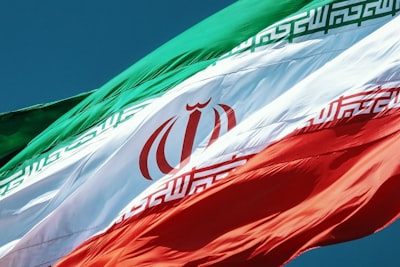Fresh intelligence reports indicating that Iran’s uranium stockpile remains largely untouched challenge recent fears that Middle East turmoil could trigger an abrupt nuclear escalation. Despite weeks of heightened tensions—most notably after the dramatic exchange of strikes between Iran and Israel—European officials now signal that Tehran's sensitive nuclear material is not actively being diverted or weaponized.
Why This Matters
International anxiety about Iran’s nuclear aspirations has come in waves for two decades, with each episode shaped by a narrow window into Iran’s hidden facilities. Modern monitoring, led by the International Atomic Energy Agency (IAEA), is sometimes disrupted or manipulated, leaving world powers to rely on partial intelligence and hasty interpretation.
What’s remarkable about the current findings is not just the reassurance, but the way they redefine the persistent narrative of imminent nuclear ‘breakout’. Analysts often argue that Iran’s greatest leverage comes from staying just short of weapons capability, not crossing the line. This careful calibration—a form of ‘nuclear latency’—provides bargaining power without inciting direct retribution. Iran’s apparent choice to keep uranium enrichment stable, even under pressure, bolsters this theory.
Strategic Dilemma: Weaponizing or Waiting
| Path | Pros | Cons |
|---|---|---|
| Rapid Weaponization | Greater deterrence, leverage for negotiations | Risks war, crippling sanctions, isolation |
| Latency Strategy | Flexible diplomacy, reduced international backlash | Persistent sanctions, internal political strife |
While hardliners in Iran lobby for a more aggressive stance, much of the Iranian elite appears committed to the ambiguity of nuclear latency—a strategy that keeps doors open with Europe and lessens the odds of provoking pre-emptive Israeli or US strikes. The European response, meanwhile, is a delicate balancing act: condemning enrichment beyond Joint Comprehensive Plan of Action (JCPOA) limits, but stopping short of military threats unless there’s clear evidence of militarization.
Global Context
This issue maps directly onto the international trend of nuclear ‘hedging’: states retaining enrichment capabilities to project power and deter rivals without overtly defying treaties. The world’s focus on non-proliferation is thus increasingly challenged by grey-zone activities rather than flagrant violations.
What’s Next?
The news demands a nuanced reassessment: Iran’s uranium, largely intact, signals restraint at a critical juncture. It suggests that behind the headline-grabbing confrontations, old rules of cautious brinksmanship still apply—at least for now. But trust in such restraint is paper-thin, and will test both diplomatic imaginations and the world’s crisis-management skills in the months ahead.
This article was inspired by the headline: 'Early intelligence suggests Iran’s uranium largely intact, European officials say - Financial Times'.

Comments
No comments yet. Be the first to comment!